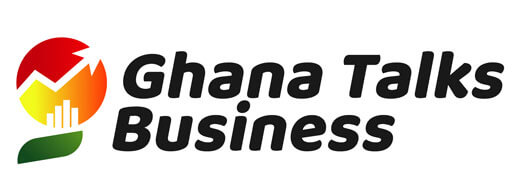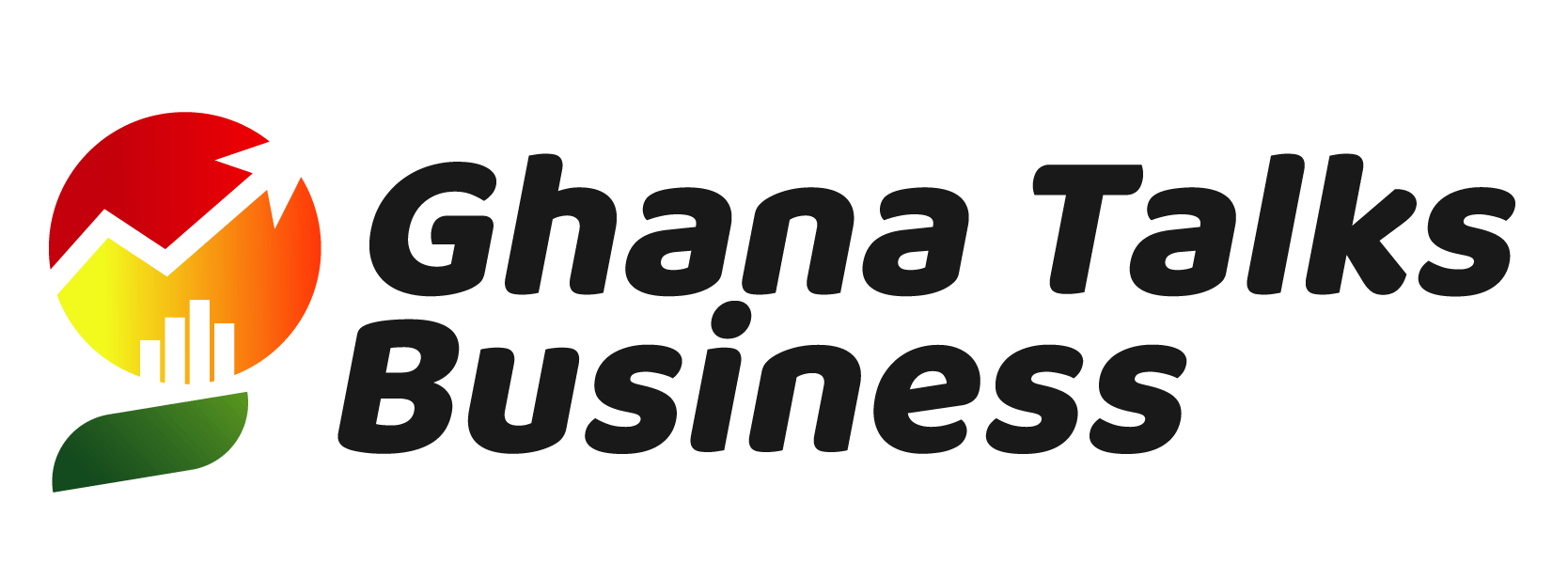
The Central Bank’s war on illegal Microfinance Institution took a different turn in the first week of January 2016 by the revoking of the licenses of some 70 Microfinance Institutions across the country. In recent past activities of some MFIs have alerted public calls for proper scrutiny and supervision of such MFIs. Is the Central Bank’s move a step in the right direction? Is the bigger economic performance the bane to growth in Microfinance sector? How do players in the sector adjust in these challenging moments?
Ghana Talks Business had a chat with Roderick Okoampah Ayeh, a Microfinance Consultant on his views on some of these pertinent issues confronting MFIs.
Ghana Talks Business= GTB
Roderick Okoampah Ayeh= ROA
GTB: 2015 has been a tough year for microfinance in terms of business sustainability for which we heard of several of them collapsing, what should MFI owners be looking at in 2016?
ROA: The 2015 microfinance industry watch was not that very turbulent as compared to the year 2014. In 2015 there was a reduction in the number of reported microfinance collapses. However, the incidence surrounding the temporary closure of DKM and some microfinance saving groups flooded the media and created an intense negative reportage affecting the entire microfinance industry.
Currently the microfinance industry is under a very intense risk arising from the news of collapsed MFIs in Ghana. The public confidence microfinance activities have been affected negatively. This will affect the way people will deal with MFIs mostly in the way the public invest their excesses. The request for loans from MFIs will not be affected that much. When people need money they will think of the MFIs but when they have excess funds they will consider a different financial service provider.
More news of microfinance collapse should be expected and when they do, it will further increase the reputational risk of the MFIs. MFIs must stay on cause by ensuring to manage their liquidity position very well. Since news of a collapse will immediately trigger more withdrawals. To safeguard the entire industry and individual MFIs, operators of MFIs must effectively manage their daily liquidity to prevent any customer raising any alarm.
MFIs will be faced with the difficulties in raising funds through deposits and investments to support their operations. This will force many owners of MFIs to pay high interest rates to attract some level of investments. It is important for owners to be disciplined an avoid paying interest rates on short term investments. The danger of over pricing short term investment is that, such investments will not able to be turned around in such a way to effectively cover the cost of investment contracted
Due to the negative image facing the MFIs, most clients will consider short term investments and therefore MFIs must be in the position to pay such investments when they are due. The frequencies of the withdrawals by client are not to satisfy their financial needs but to “test” the ability of the MFIs to pay them their investments.
GTB: We have seen BOG revoke the licenses of some MFIs for not fulfilling the required conditions, what does it imply for the industry?
ROA: The revoking of licenses has two serious implications:
One is that; it sends a very strong signal that the Central Bank is up to clean the microfinance space. This is somehow to correct the number of MFIs that were allowed to pass the licensing requirement due to the fact that there needed to be a compromise due to the fact that regulation was introduced at the time that there were many already existing microfinance companies. In my mind, it was to give some of the already existing MFIs the opportunity to prove themselves. So the net effective of this action on regulation is that MFIs are going to ensure that they remain compliant
Secondly, the revoking of license will further affect the public perception of MFIs. In addition to that, the affected MFIs will be faced with withdrawal syndrome from their clients. Most of the affected MFIs will have problems managing the withdrawal request from their clients and this may further give rise to a serious media coverage further deepening the image crises of the MFIs.
GTB: In what ways are the mfis exposed to the factors that collapse their business?
ROA: The MFIs are exposed largely to the news of MFIs collapses and the new capital requirements announced by BOG in 2015. Importantly, the news about collapse MFIs are making people review the “make believe story” about microfinance and its relevant towards poverty reduction. In short, people don’t believe the MFIs now. It is now the duty of the MFIs to make sure their clients and potential clients believe in their mission by ensuring to be sustainable.
Microfinance institutions are more prone to risk. This is because they deal with the part of the population that has been known to be highly risky. These clients are risky because they have low level of education, are involved in enterprises that are risky, live in areas that are known to have poor sanitation and therefore high incidence of diseases, have no or little access to health care facilities, do not have reliable income, etc.
Another pointer of risk is the fact that microfinance is a business of small volumes. This therefore means that there are several small element of risk associated with the various small transactions. Each small transaction comes with cost. This is one reason that explains the high operational cost associated with microfinance. MFIs are, therefore, presented with the challenge to manage both inherent risk and cost in each of the small transactions so as to stay in business.
The situation with most MFIs in Ghana is that although it is known that microfinance has high operational cost, most MFIs rather pursue activities that increases cost instead of keeping cost under control. For instance some MFI have adopted physical branch establishment in order to expand outreach and increase their share of the market. This system has led to a situation where such capital investments now compete with available funds for on-lending purposes. It is important to note that the loans and advances are the main source of income for microfinance. Growing bad loan or not having the needed funds to grow quality loans therefore means that a microfinance company may not be generating enough income to support its operations and this set out to affect the sustainability of the MFIs. Once this happens, a MFI is near collapse since it cannot pay its liability and cover its operations
GTB: How can they protect themselves against those factors?
ROA: MFI must stick to their mission. Unnecessary mission drift without having the required human and material resources can create problems for the MFIs. Just avoid venturing into other areas that will affect the cashflow of the MFI.
• Expect clients to frequent the premises for withdrawals. MFIs must manage it effectively and professionally to avoid sending the wrong signals.
• Avoid in the short term long term investment that can affect the liquidity of the MFIs. Keep more liquid base assets. MFIs should not think so much about returns on their investment but think safety, assurance and assess to liquidity to manage any unforeseen demands from investors and clients.
• MFIs must avoid paying over the ceiling rates to attract investments.
• 2016 MFI must consolidate their gains. They must strengthen their current operational structure and avoid undertaken expansion through physical branches.
• Microfinance companies must adhere to operating as microfinance organization and not banks
Credit: Ghana Talks Business








